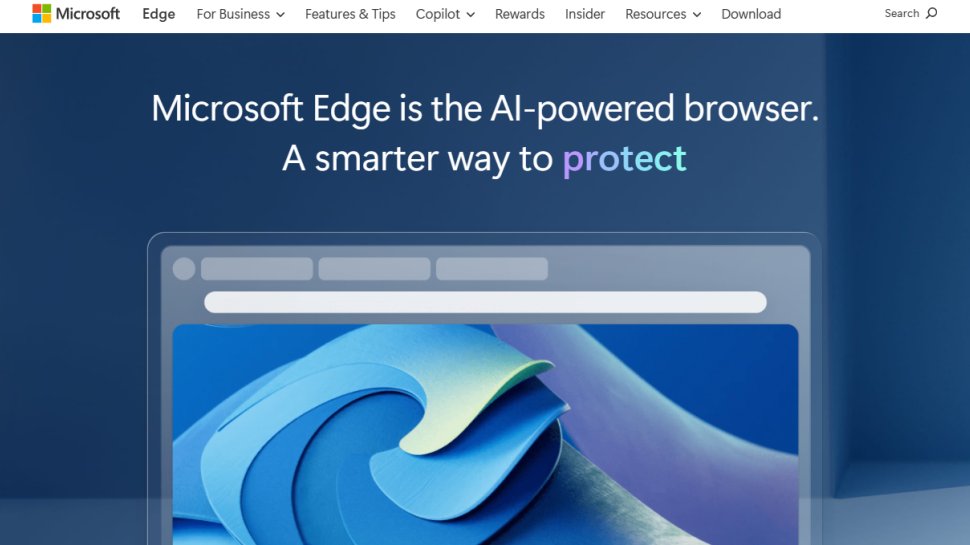Microsoft’s ‘helpful’ Edge pop-up strikes again, and it’s long past time for a chat about boundaries
- Edge now auto-starts in Windows 11, nudging users to set it as their default
- Prompts and persistent notifications make dismissing Edge harder
- Microsoft’s aggressive push for Edge and its other products persists, despite backlash from users
In a disappointing (but not entirely surprising) move, the Edge web browser has started to open automatically in Windows 11, ignoring users’ default choices and urging them to use it as their default browser. Something similar happened at the beginning of the year, with users noticing that Microsoft was seemingly helping itself to their Chrome data to try and steer them in Edge’s direction.
There was a backlash when it happened, and while Microsoft did remedy the issue the first time, it looks a lot like history might be repeating itself.
According to Neowin, Edge is apparently automatically starting for some users, suggesting that they ‘enhance’ their browsing experience with Copilot. Copilot is the AI assistant that Microsoft debuted a short while ago, claiming that it could be an all-purpose digital assistant that will help you do all kinds of tasks and activities on your PC. However, it looks like Microsoft is struggling to get its users to be as enthusiastic about Copilot as it is.
In the notification that takes over the screen, originally spotted by The Verge, the option to import your data from the browser you use regularly is ticked automatically and all you have to do is click ‘Confirm and continue.’ This was shown to users automatically, and it’s also not obvious how you can navigate away from the message without agreeing to change your web browser to Edge. This seems to have been deliberately designed, with the only way to get out of the process being a faint small ‘x’ in the top right corner.
A Microsoft spokesperson confirmed to The Verge that it was a deliberate strategy, stating:
“This is a notification giving people the choice to import data from other browsers. There is an option to turn it off.”
Neowin points out that if you wanted to stop this from happening repeatedly, you would have to open Edge, close all reminders in there prodding for you to share your data, sign into your Microsoft account, and only then be able to turn off autostart.

Microsoft: the great nag of the software world
Unfortunately, this is pretty in line with Microsoft’s previous behavior when it comes to trying to convert users to Edge. It showed pop-up ads on the official Chrome website and created a survey to find out why users are choosing Chrome over Edge, which some people felt was a rather pushy way of getting people to change their minds about Edge.
Microsoft’s rivals in the browser game, as well as consumer rights advocacy groups, have not been happy about Microsoft’s heavy-handed approach to trying to get users to stick with Edge, and have brought their complaints to regulators, but this hasn’t changed Microsoft’s mind.
It doesn’t even seem like this has resulted in Edge gaining many new users, so it doesn’t seem like this approach is paying off. I don’t see Microsoft changing course until regulatory bodies get involved, though I would guess that Microsoft might put an end to this specific Edge push and just try again, perhaps in some other way, in a few months.

